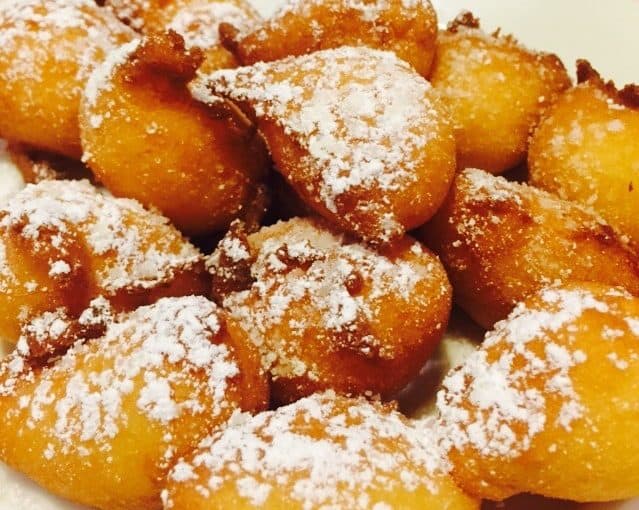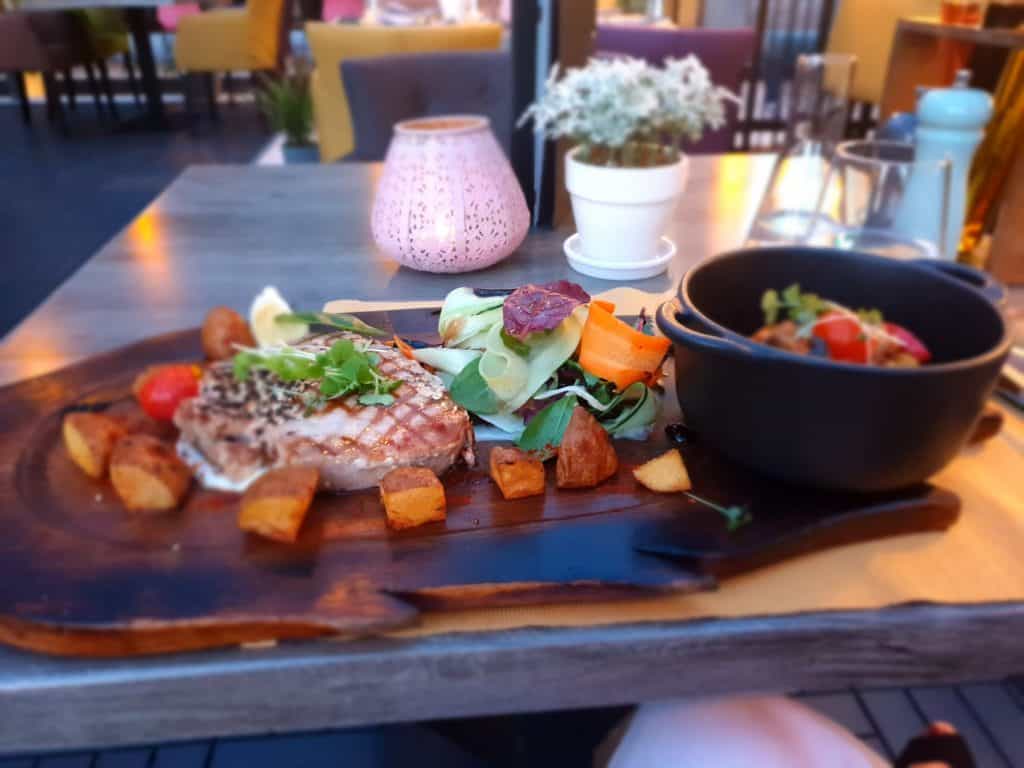While Croatia may be best known for its picturesque coastline and some 1200 islands, I’d like to argue that Croatian cuisine is one of its defining traits.
While Croatia isn’t necessarily rife with Michelin-star restaurants and big-named chefs, we do have a gastronomic charm that I believe many other European countries find hard to compete – this is, precisely, authentic, homestyle cooking. And the best part? The country’s various regions define the celebrities of Croatian cuisine.
While it’s nearly impossible to choose the one ‘must-have’ dish for your next Croatia visit, it is much simpler to break it down by the dishes of the diverse Croatian regions. Without getting into the nitty-gritty of Croatia’s territory, sub-regions, and thousands of villages, here is our guide to the specialties you must try when visiting Istria, Dalmatia, Central Croatia, and Slavonia.
Istria
Istria is a heart-shaped peninsula that is the largest in the Adriatic Sea. Located in the north, this region joins the finest of three countries – Croatia, Italy, and Slovenia. You may know Istria best for Pula (and the Roman amphitheater), the charming Rovinj, or that Motovun film festival brings in the best independent movies from the U.S. and Europe each year. When it comes to Istrian cuisine, however, this region is king. Not only is Istria known for truffles and boasts some of the most-awarded olive oil in the world (have you heard of Chiavalon?), but it is home to one of Croatia’s Michelin-star restaurants – Monte.
For starters, you can’t explore Istria without indulging in truffles – and while Istrians will put them in everything from cheese to ice cream and scrambled eggs, we think they’re best had with traditional Istrian pasta fuži (fusi) or pljukanci. Almost as famous is Istria’s trademark vegetable stew – Maneštra – which you can find on every menu.
For the meat lovers, Boškarin is a must. Coming from indigenous white and long-horned cattle that are bred in Istria, Boškarin beef can be found in local restaurants or sold as salami – and can be served as carpaccio or coupled with Istria’s beloved pasta. Going to Istria and skipping on the assortment of cheeses and award-winning olive oils, however, would be a culinary catastrophe, and soaking up the seafood is mandatory.
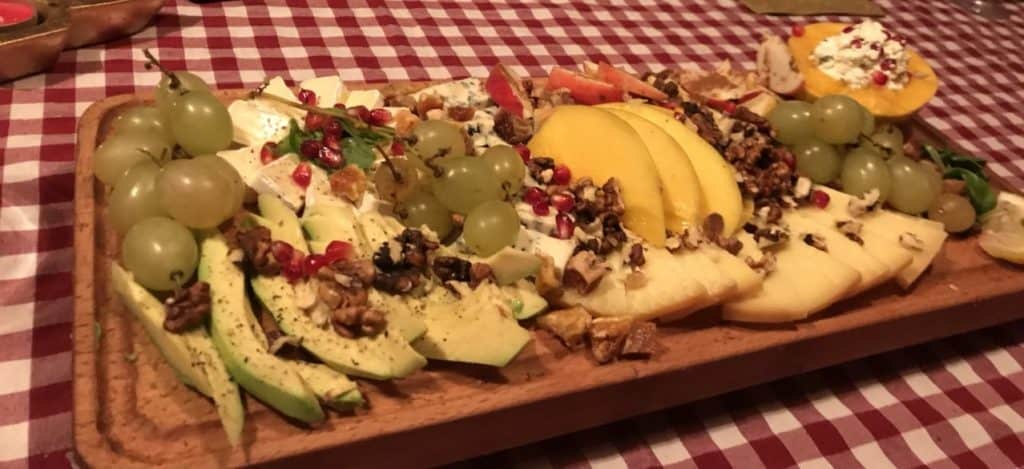
Dalmatia
Dalmatia is Croatia’s southern coastal region which stretches from Rab island in the north to the Bay of Kotor in the south. Known for big cities including Dubrovnik (or Kings Landing for the Game of Thrones’ fans), Split (the Dalmatian capital), and the ‘party island’ Hvar, Dalmatia is responsible for a considerable amount of Croatia’s tourism – and it’s not hard to see why.
Dalmatian cuisine is something out of your grandmother’s recipe book – though your grandmother never kept one anyway. Regional specialties can be enjoyed in ‘konobas’, or taverns, to make you feel right at home, and the cuisine is primarily simple and uses few ingredients.
The Dalmatian checklist:
Black risotto – made with cuttlefish or squid ink, white wine, garlic, and parsley.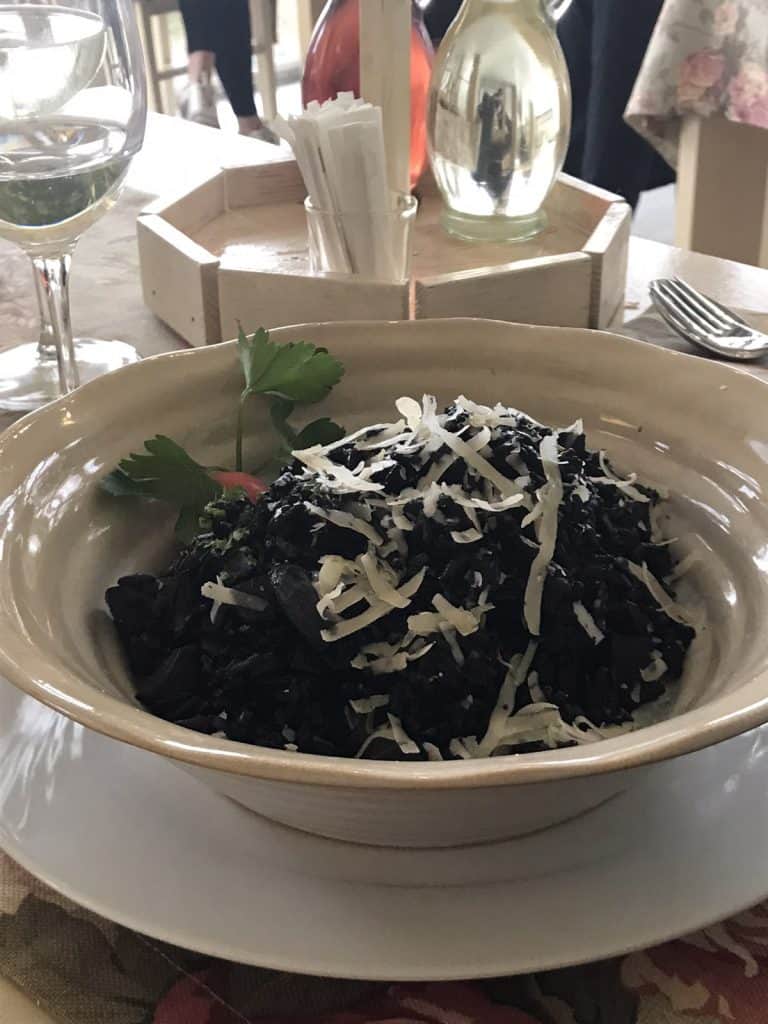
Buzara – usually made with scampi or mussels, it is a classic and simple sauce with white wine, garlic, olive oil, tomato sauce or paste. You’ll want bread on the side for dipping.
Peka – our traditional roast of veal, chicken, lamb, or octopus is prepared ‘under the bell,’ meaning hot coals are shoveled onto an iron lid for hours. This is always served with potatoes.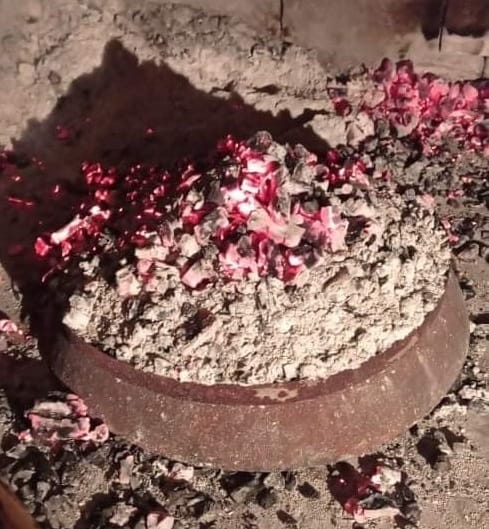
Pašticada – a beef dish made with the flavors of cloves and prošek wine, usually served with gnocchi.
Seafood in general – if you have the chance to have an entire fish grilled with garlic and olive oil, do. The same goes for squid or scampi. And don’t shy away from our seafood pasta and risotto.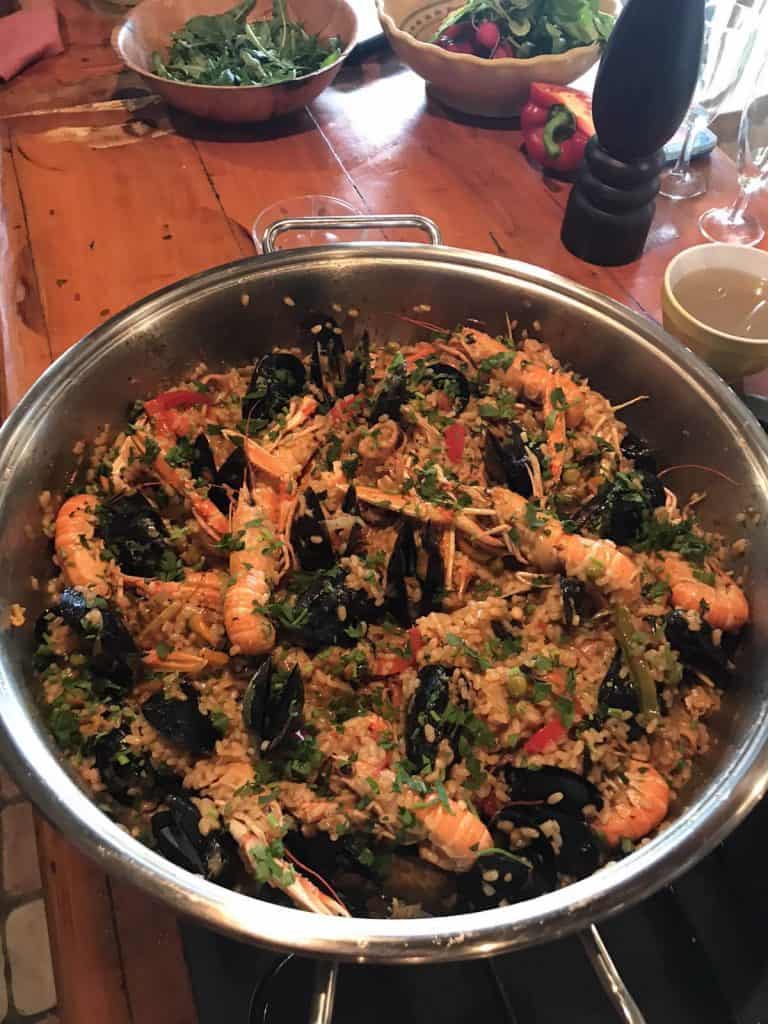
Gregada – a traditional fish stew packed with white wine, parsley, seafood, garlic, and onions.
Brudet – another fish stew, though this time packed with a mix of seafood and tomato sauce, and usually always served with polenta.
Soparnik – because a Swiss chard pie that is part of Croatia’s intangible cultural heritage and can be purchased from your local bakery is a winner.
Octopus salad – because every restaurant prepares it differently – and while some will add capers, others will add chickpeas.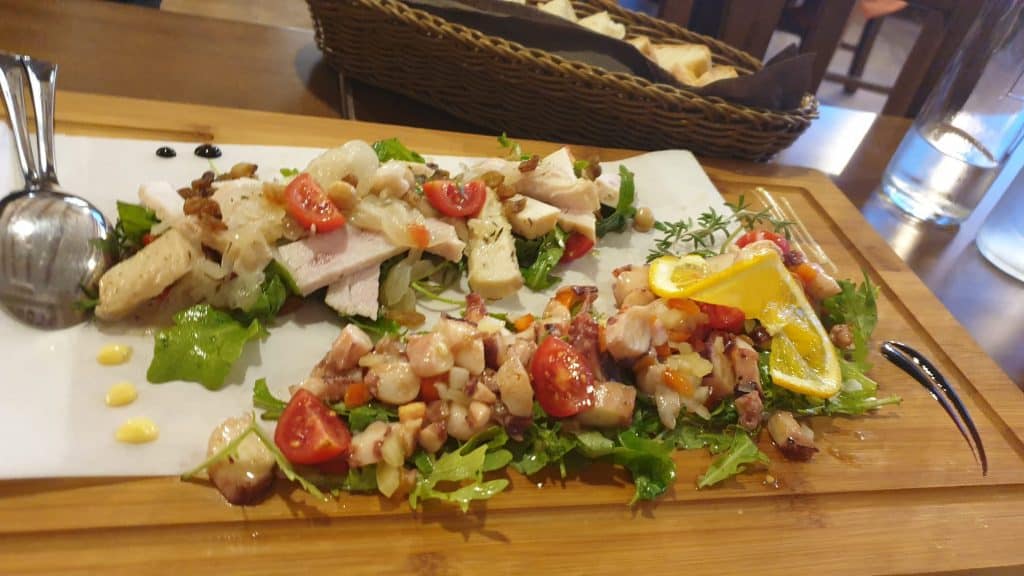
Central Croatia
Known as ‘Croatia Proper,’ Croatia’s central part is famous for housing the capital city, Zagreb. Food on the continent, as you would imagine, is very different from our coastal queens Istria and Dalmatia – and while seafood is king of the coast, meat is king of the continent.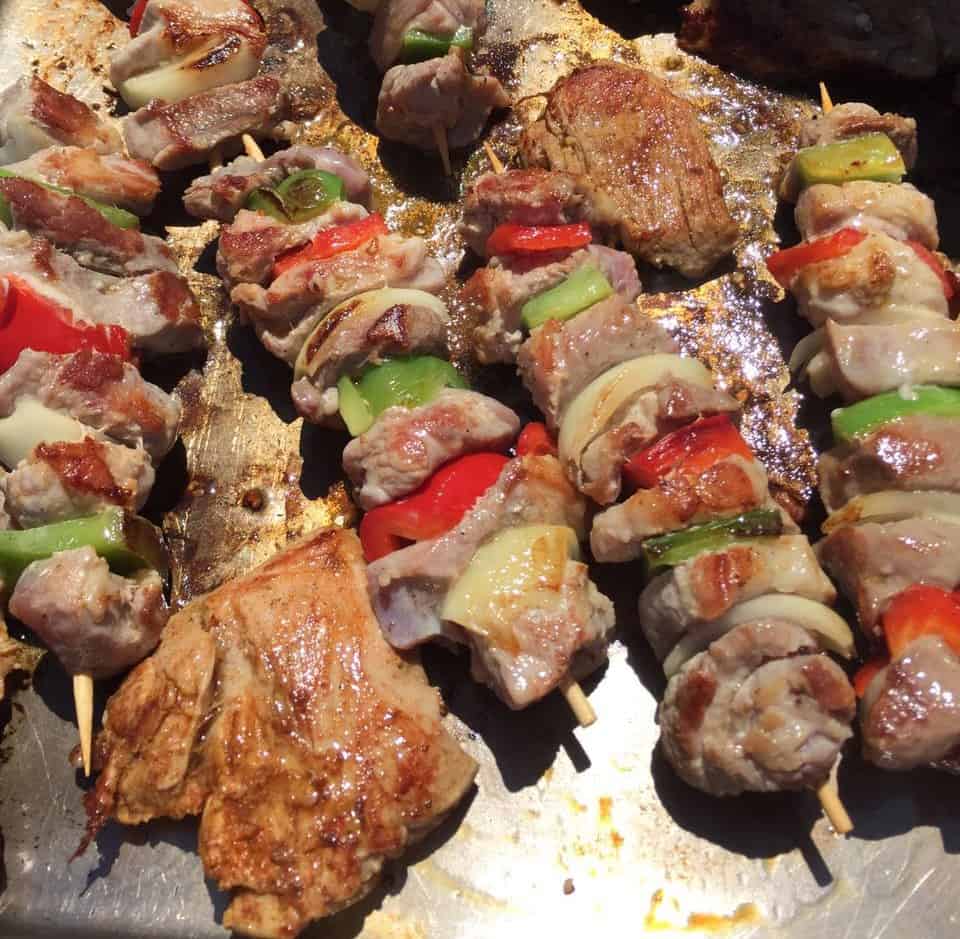
Visitors to Zagreb will notice that apart from being a meat-heavy capital city, cottage cheese also reigns supreme. One of the region’s most popular dishes is štrukli, which uses both of these essential ingredients. Wrapped in pastry dough, štrukli is baked and can be made sweet or savory.
Another favorite dish is the ‘Zagreb Steak.’ Typically veal, this special steak is pounded thin and stuffed with cheese and ham – think of it as a Croatian Cordon Bleu. Kotlovina is one of the oldest dishes in Croatia and is a combination of meat and sausages that are fried with peppers, onions, and spices and reduced in white wine. Croatia’s central region is also known for slow-roasted turkey with ‘mlinci’ – a thin and dried flatbread, hearty stews (look for ‘cuspajz), and if you’re in Samobor with a sweet tooth, the custard cream cake ‘kremšnita’ is a must.
Slavonia
The final historical region in Croatia is Slavonia, which makes up the eastern part of the country. While the largest city in the region is Osijek, you might know it better for its rivers – the Sava, Drava, and the Danube. With vast agricultural land, Slavonia is responsible for much of Croatia’s food production, though the cuisine of this Croatian region mixes the company of its border countries to create some of its standout dishes.
Big on pork delicacies, Slavonia is best known for kulen – a protected pork sausage that is dried and spiced with red paprika and is usually prepared in the autumn months. 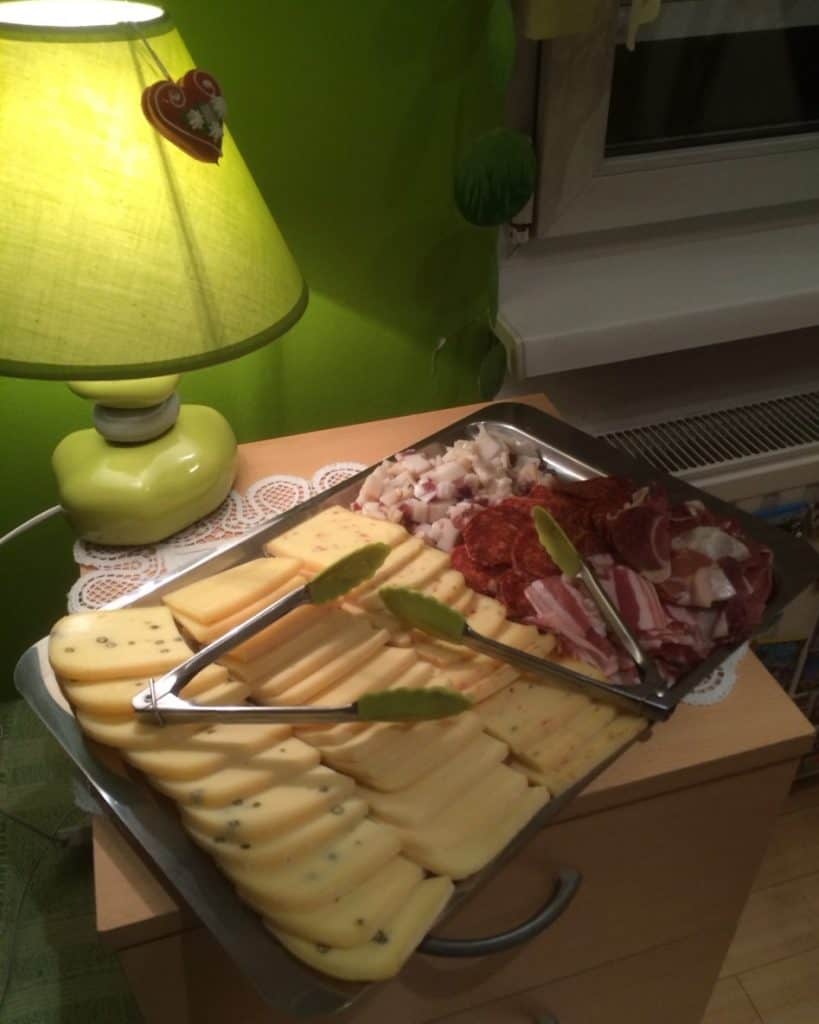
Slavonia is also known for Čobanac, a stew that uses pancetta, a mix of meat (and game), potatoes, tomato paste, and once again – hot paprika.
Fiš paprikaš is another staple of the Slavonian region, which is a paprika-based fisherman’s stew considered one of the spiciest dishes in Europe. Prepared mainly with carp, this dish uses hot and sweet peppers, white wine, and tomato sauce and is typically prepared in a cauldron over an open fire. Other dishes with origins most likely in the east (and central) part of Croatia are stuffed peppers and sarma, our minced-meat stuffed cabbage rolls eaten during the winter months.
A few pro tips to remember on your next Croatia visit…
Fritule, the country’s favorite fried doughnut holes, can be enjoyed along the coast.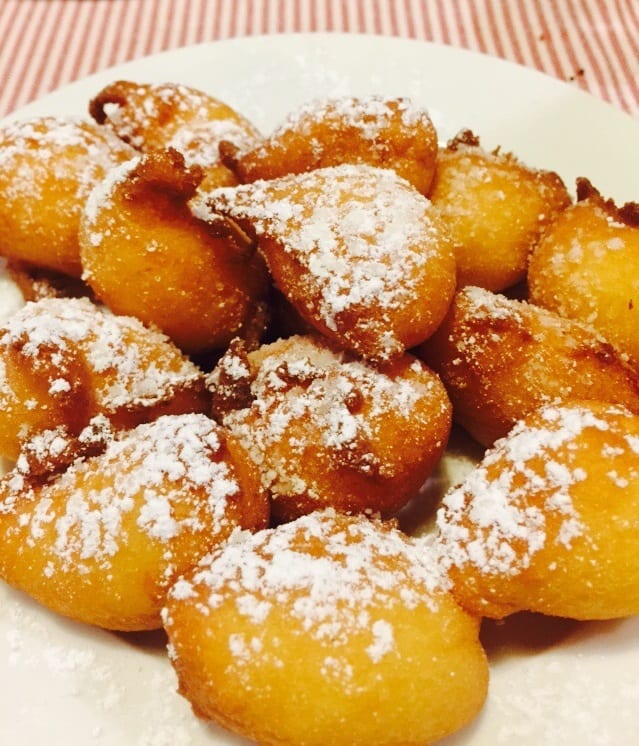
You’ll find lamb or pig on a spit at weddings or family celebrations. That said, become friends with a Croatian.
A no-brainer, always delight in prosciutto, domestic cheeses, and homemade olive oil wherever you are.
Burek is the badge of the Balkans and the perfect 3 am snack.

